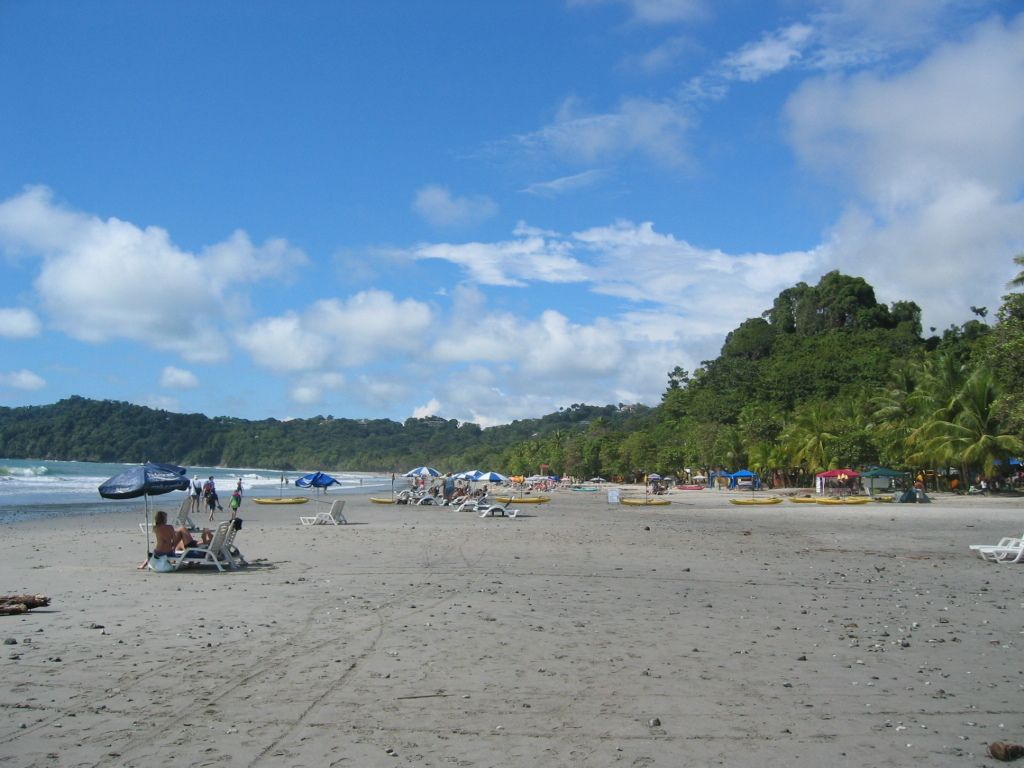Strategies for Developing Urban Areas with Water Resilience
In a world where fresh water is as precious as gold, we're grappling with a triple threat: booming populations, unpredictable climate changes, and the complexities of urban sprawl. To keep our cities humming and our residents hydrated, we need a new approach to water management – a water-sensitive city strategy. Let's dive into the basics of urban water resilience.
First, understand the context – humans are the minority water consumers. Agriculture and industry guzzle the majority, leaving a tiny fraction for us. But things are about to change, and these water principles from the International Water Association (IWA) might just be the answer we've been searching for.
The IWA offers a set of 17 principles, known as the 17 Principles for Water-Wise Cities. They're actionable steps that help city leaders define their city's water needs and outline a robust response. The best part? These principles can benefit any city, regardless of location, existing infrastructure, or success in managing water resources.
These principles fall into four categories, each addressing a specific scale:
- Local scale: Focuses on strengthening local infrastructure, like pipes and sanitation services, to withstand population and climate changes.
- City scale: Concentrates on building a water-sensitive city, considering how systems interact and how water is incorporated into urban planning.
- Basin scale: Contemplates the interplay between urban and natural geographies, ensuring water flows harmoniously from, and back into, rivers, coasts, reservoirs, and other water bodies.
Making the Principles Work
Think of these scales as concentric rings, and approach each one systematically. Start from the center (local scale) – eliminate unnecessary actions and focus on the remaining actions, tackling one at a time. When you've completed an action within a scale, move on to the next scale. It's better to do one action well than to attempt every action at once and fail spectacularly.
The final series of principles, Water-Wise Communities, adds a social context, emphasizing citizen participation in decisions affecting their city. Involving citizens, water professionals, policymakers, and politicians is crucial to creating a resilient, water-sensitive city.
Building Blocks for a Water-Sensitive City
The IWA outlines additional guidelines – known as building blocks – for creating a water-sensitive city. These guidelines empower stakeholders to recognize and contribute to water-sensitive cities, fostering a holistic approach to urban water management.
Let's summarize each building block:
- Shared Vision: Establish a common goal for everyone to work toward, fostering political commitment and breaking down silo-thinking.
- Governance: Leaders must take the lead in mobilizing resources, providing a framework for integrated solutions, and facilitating multi-stakeholder collaboration.
- Knowledge & Capacities: Equipping citizens and professionals with the necessary education and knowledge to contribute to urban water management.
- Planning Tools: Assessing risks, successes, and land-use planning impacts on water in the city using models and public participation.
- Implementation Tools: Ensuring equity, transparency, accountability, water quality, and well-maintained infrastructure by writing these into long-term plans and adopting innovative, integrated, and adaptable strategies.
The IWA's principles are a powerful toolbox for crafting resilient, water-sensitive cities, but remember – there's no one-size-fits-all approach. Each city must adapt the principles to its unique challenges and needs.
For developing cities lacking essential water infrastructure, the IWA is discussing an 'inner-inner' circle of principles, focusing on achieving basic water justice and establishing the services that respect human rights to sanitation and water quality.
Cities across the world, from developed to developing, can find value in these principles, using them as a foundation for becoming more water-wise and adaptable in the face of the twin challenges of population growth and climate change.
- As we strive to build water-sensitive cities, environmental science plays a crucial role in understanding the impacts of climate-change on our water resources and developing strategies for urban water resilience.
- In the pursuit of sustainable living, incorporating the principles of water-wise cities from the International Water Association (IWA) into our lifestyle choices can help conserve water and ensure our home-and-garden practices are more environmentally friendly.
- To create a resilient city that is adaptable to climate-change, city leaders should not only consider the physical aspects like infrastructure and planning but also foster citizen participation in decisions affecting their environmental-science and sustainable-living.





